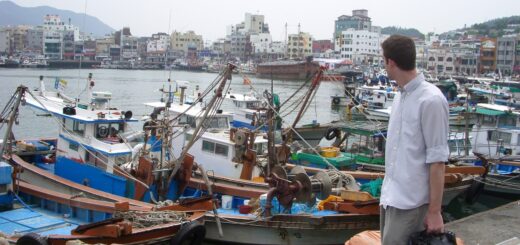11 U.S. Luxuries That Are Rare In South America

This post describes 11 things that are so common in the United States, we don’t even think of them as anything special. Here in South America, they are a rarity.
Table of Contents
- A Little Perspective on Living Without
- 1. Window Screens
- 2. Free Water At Restaurants
- 3. Maple Syrup
- 4. Clothes Dryers
- 5. Flushing Toilet Paper Down the Toilet
- 6. Big Box Stores
- 7. Huge Parking Lots
- 8. Ovens That Light Themselves
- 9. Quick Restaurant Service
- 10. Easy-to-Open Packaging
- 11. Child Safety
A Little Perspective on Living Without
Depending on who you are and how you view the world, you could could read my listicle in a few ways. Someone might read it as, all the great things Americans have that South American countries lack. Another might interpret it as, how Americans throw money at every little problem and end up consuming more than everyone else. One could get into deep discussions and arguments about these topics. In fact, Liuan and I talk about them all the time.
But that’s not my intent here. My point isn’t to cast judgment on the countries we’re visiting. Nor is it to judge my friends and family back home in the States.
I’m also not complaining about my life. We’re enjoying our travel and in no rush to go back home where these “luxuries” are as common as, well, free glasses of ice water at restaurants (item #2). In other words, convenience is overrated.
If I were to sum up my intent, it would be to give a taste of how travel changes your assumptions and makes you more aware of your world. It’s not that we can’t live without the items in this list. It’s that we never even noticed them at all when we had them!
1. Window Screens
The first time I opened a window shutter to the open air in Latin America it felt exhilarating. No barrier mediated the summer breeze or the natural scenery. Our temporary home sheltered us from the rain, but blurred the boundaries between domestic and wild in a way that homes in the U.S. never could, with their double-pane windows, insulated walls and window screens. How thrilling to be in such close communion with nature.
I quickly discovered the wisdom of screens once the mosquitoes began to feast. And then bats got in, going ballistic once we closed the shutters and turned on the lights. And that’s not to mention the time the marmoset came in and pooped on the floor.
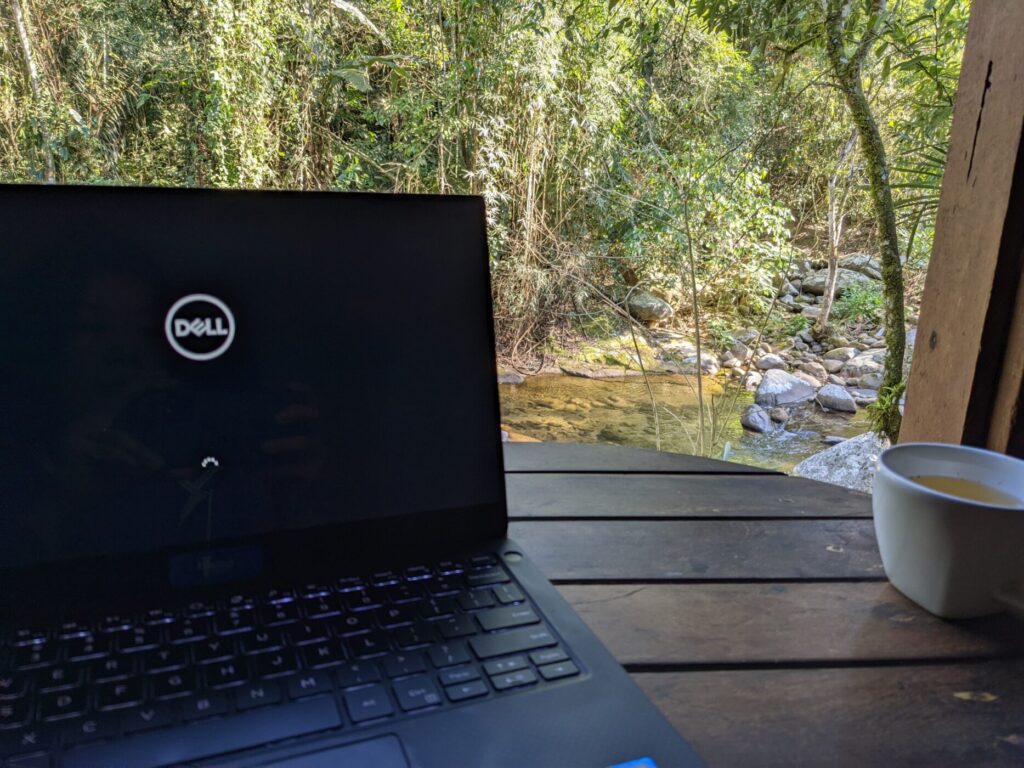
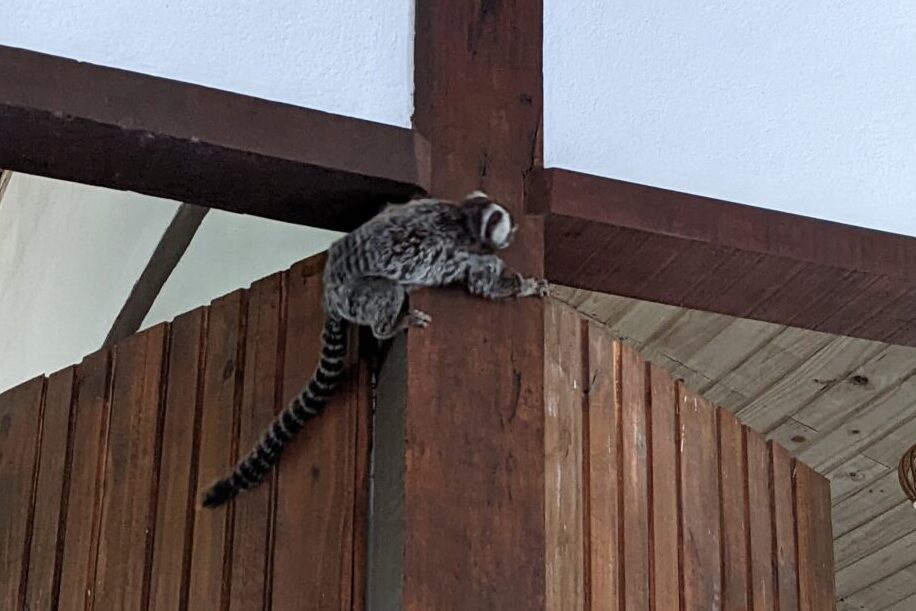
(Paraty, Brazil)
2. Free Water At Restaurants
Living in the States, you would think that a complimentary glass of ice water at any dining establishment was a birthright.
Not so in South America. Here, if you want water, you must buy it bottled. You can’t complain too much, though, when the entire bill for a high-end supper ends up less than a meal at Panera.
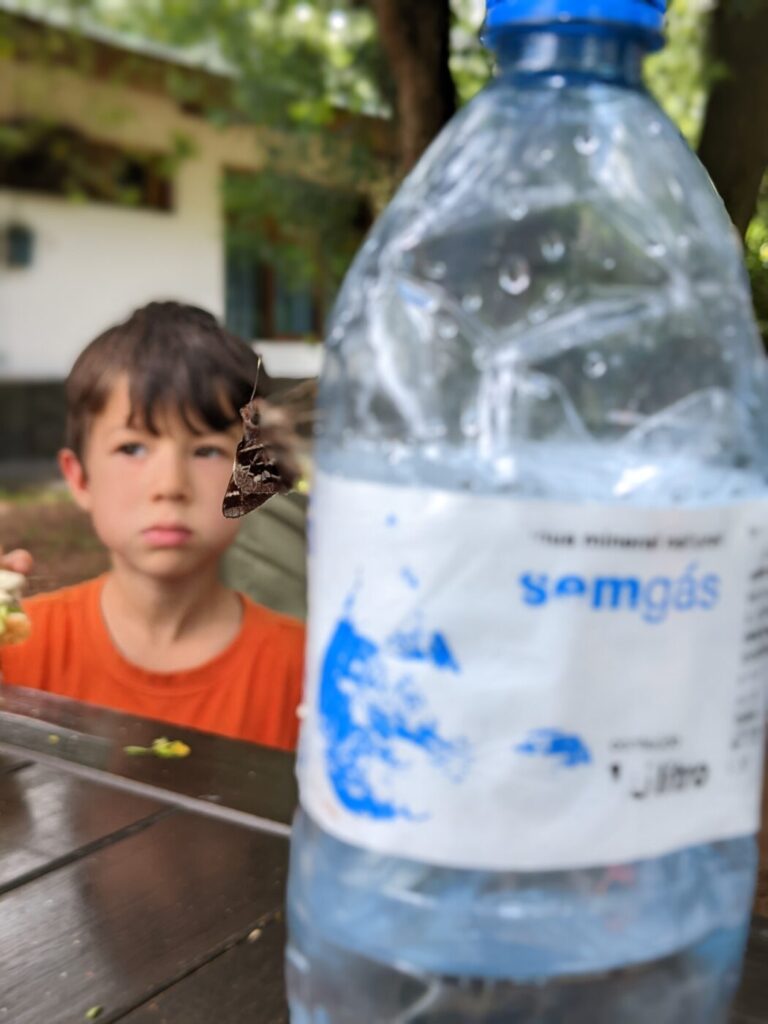
3. Maple Syrup
Wow! Didn’t see this one coming. I thought everything was exported everywhere. Maple syrup may as well not exist in South America. Some people don’t even know what it is. It’s just not on the shelf. Anywhere.
The question then is, what do you put on a pancake to lubricate its passage through the esophagus?
I’ve tried honey, baklava syrup, diced bananas and strawberries, berry compote, and butter mixed with powdered sugar and banana cinnamon cachaça (a Brazilian liquor). I once was served two pancakes with peanut butter in the middle and a cream cheese berry mix on top in Punta Arenas, Chile. That was actually really good!
They all get the job done. But nothing quite does it like maple syrup.
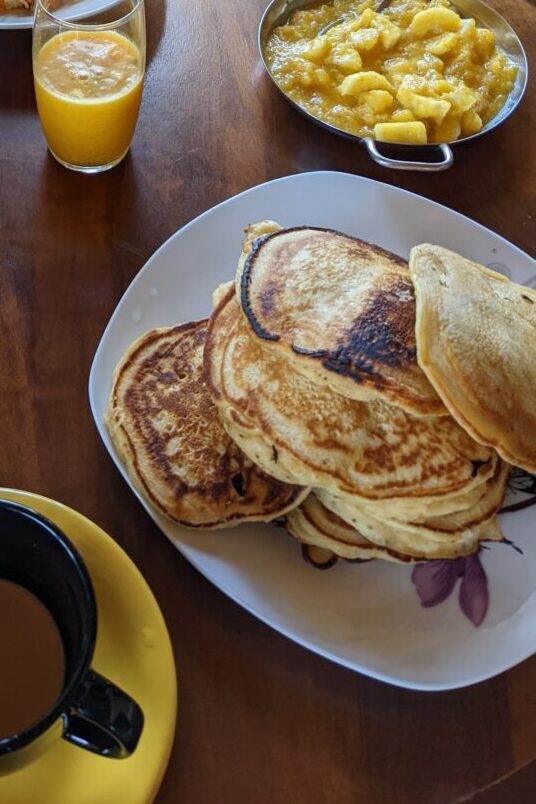
4. Clothes Dryers
Liuan often dried laundry on the line to save energy, even though we had a working dryer back home. So this one didn’t completely pull the rug out from under our feet.
But here, drying clothes in a machine is often not an option. (In several places we’ve stayed, the laundry machine was also in disrepair or nonexistent).
And what if it’s raining outside? You either wait until a dry day, or you drape them over anything you can find indoors.
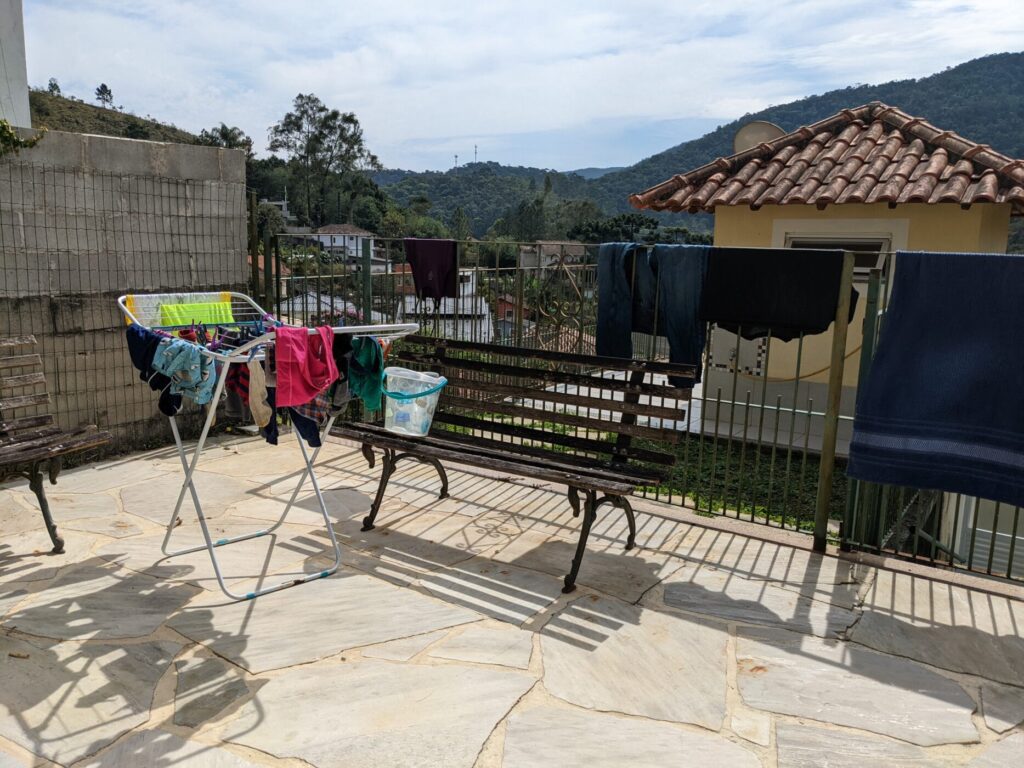
(Teresopolis, Brazil)
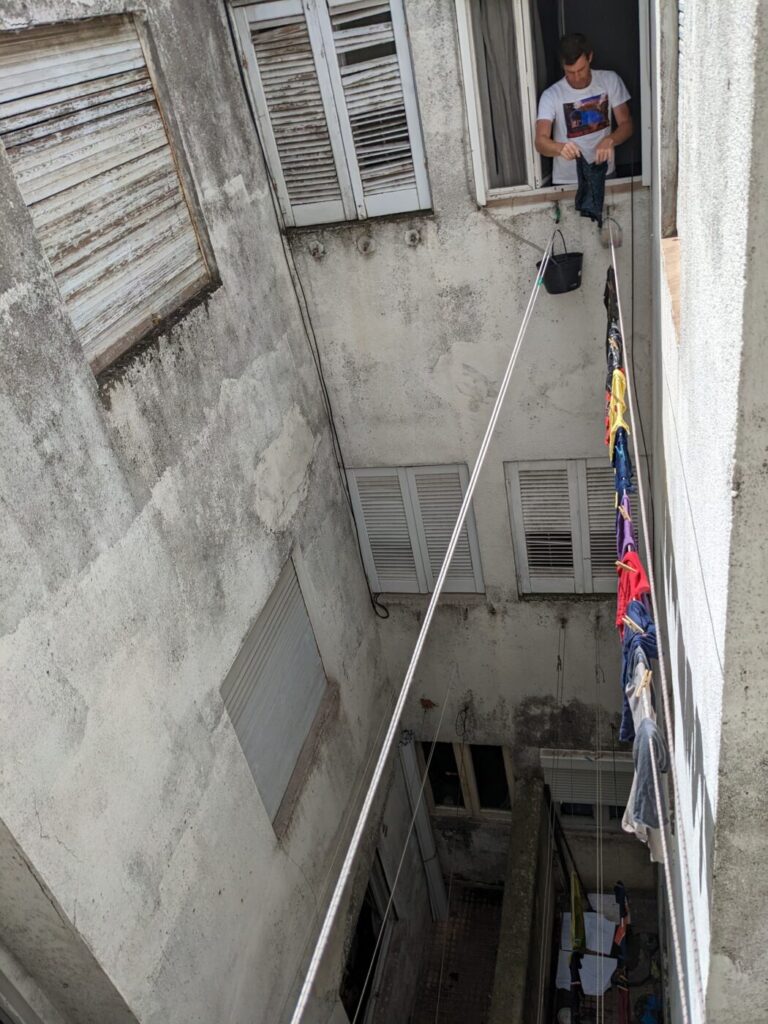
(Montevideo, Uruguay)
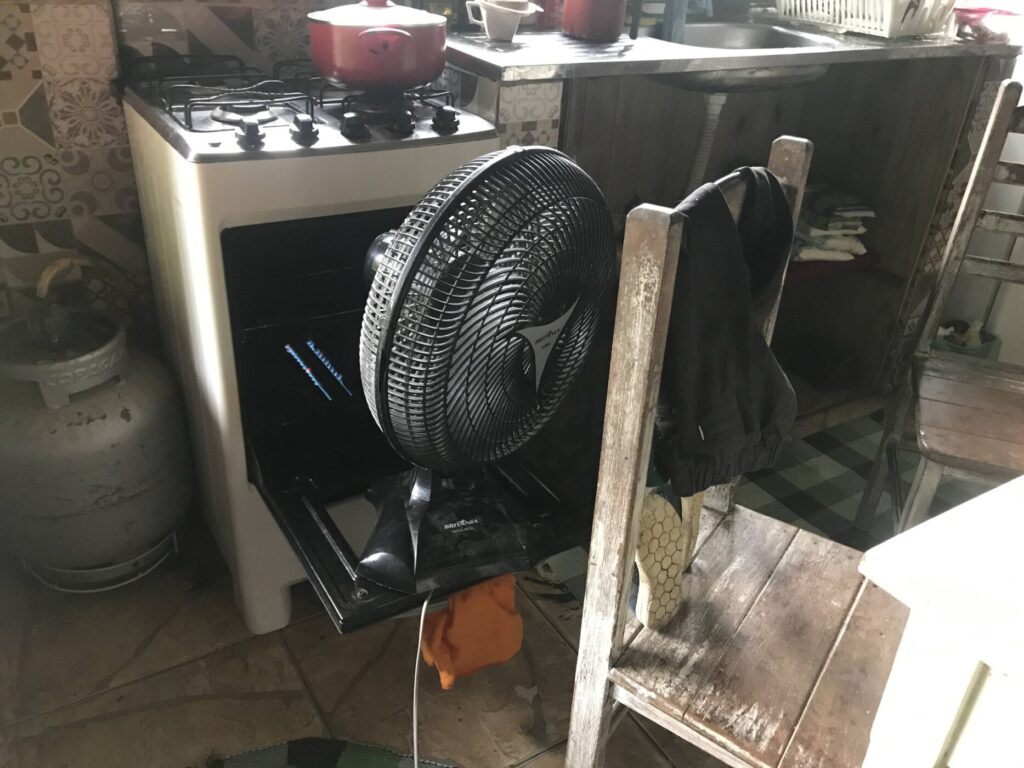
(Paraty, Brazil)
5. Flushing Toilet Paper Down the Toilet
If there is one universal rule of etiquette in South America, it’s this: never flush your toilet paper down the toilet!
“What do you do with it?” you might ask. There is always a little waste basket next to the toilet. Never fails. You throw it in there.
I don’t know why toilet paper successfully passes the pipes in the States (mostly) but not here. It’s certainly not because the toilet paper is thicker here. Quite the opposite! But the toilet really does plug up, as we found out early on when our oldest son struggled to break old habits.
Most of the day I love the thrill of being in a foreign land. But once a day (usually after my first cup of coffee) I wish I was home, where I can drop my soiled squares without having to bring them up where I can see them.
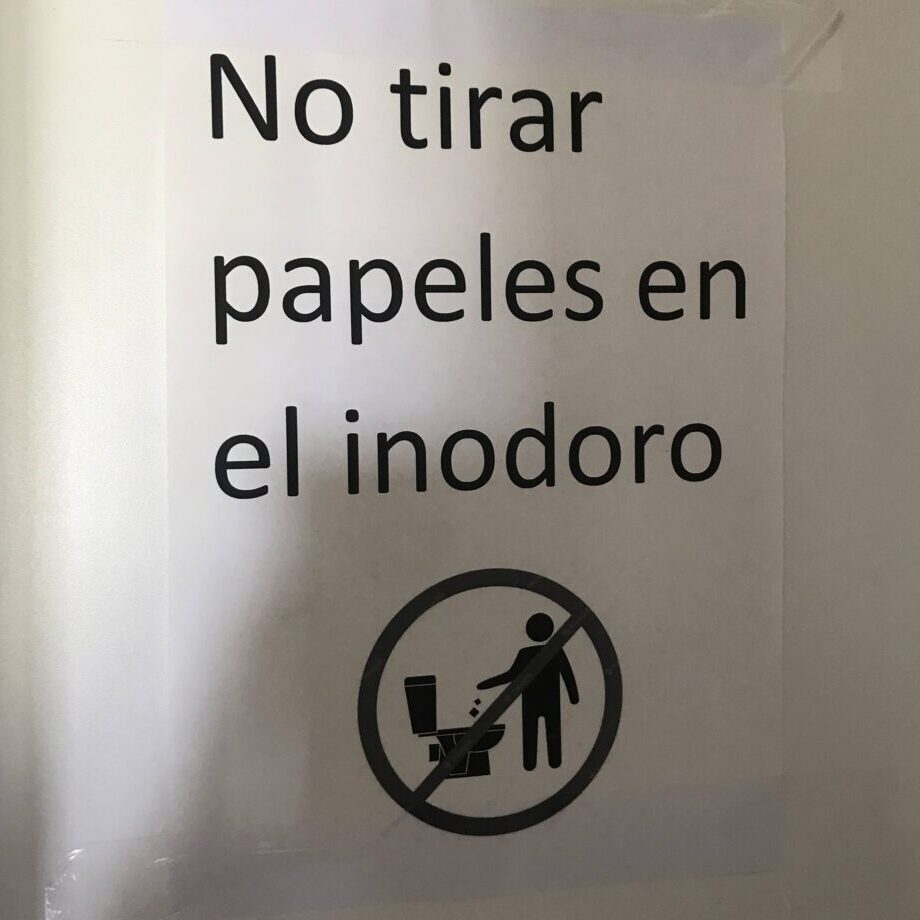
6. Big Box Stores
I’m no lover of big corporations. I enjoy the vibe of the small towns and villages here. They are not dominated by sprawling parking lots and enormous buildings. There is a lot more room for family operations and quirky little shops that do things a little differently.
But besides groceries, souvenirs, basic clothing, and building materials, it is difficult to find things. That goes for big cities as well as small villages. In the States, even the tiniest towns have a Walmart. Where do you go to get sweatpants for a three-year old? A stick lighter? Peanut butter?
We spent the good part of our first month trying to replace a kitchen thermometer I damaged (I melted it on the side of a pot while frying doughnuts). We checked everywhere. Small electronics stores, small cookware stores, the kitchen gadget aisle at various supermarkets, and Lojas Americanas (Brazil’s version of a Dollar General). I never found one.
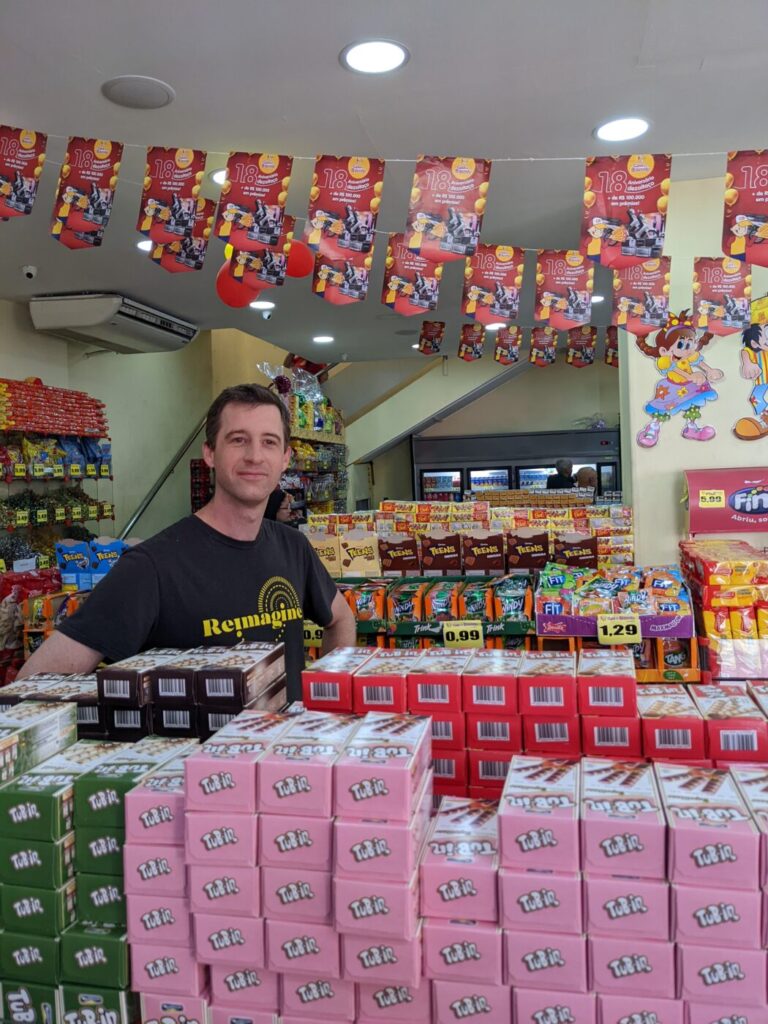
(Teresopolis, Brazil)
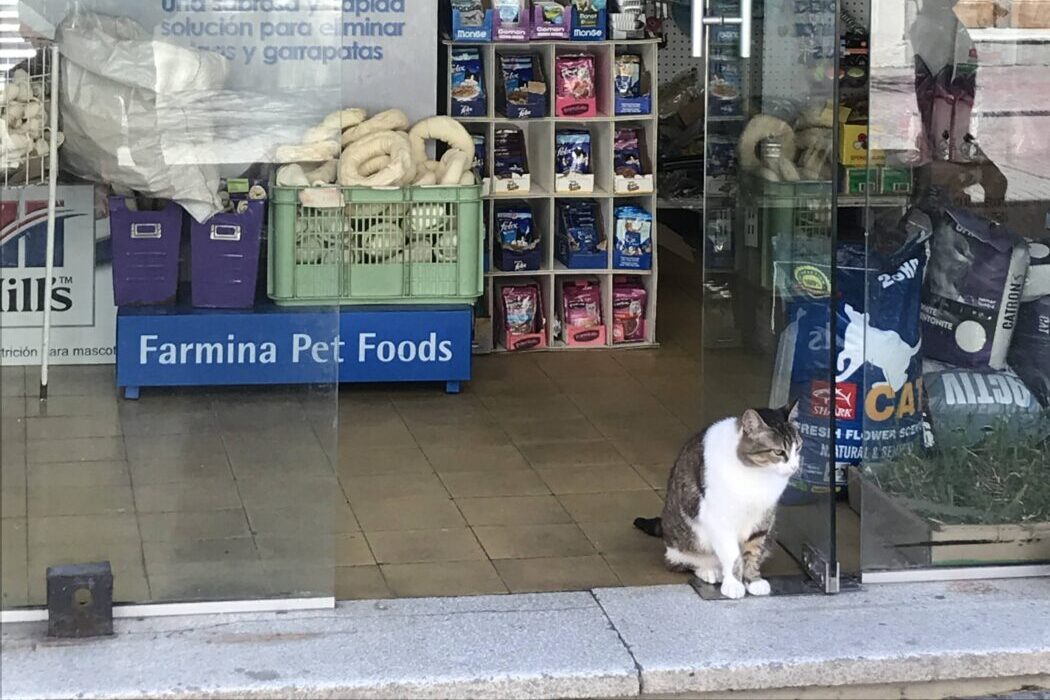
(Montevideo, Uruguay)
7. Huge Parking Lots
Gone are the days when I could confidently tap my destination into Google and know that there would be a massive field of pavement waiting to receive my car on the other end.
In busy places — big cities and touristy fishing villages alike — finding a place to park is an ordeal. If you’re lucky there is a place to park for a fee, usually in nothing more than a dusty vacant lot.
In less chaotic places, you park in the street or on the grass. It’s anyone’s guess if you are going to get towed.
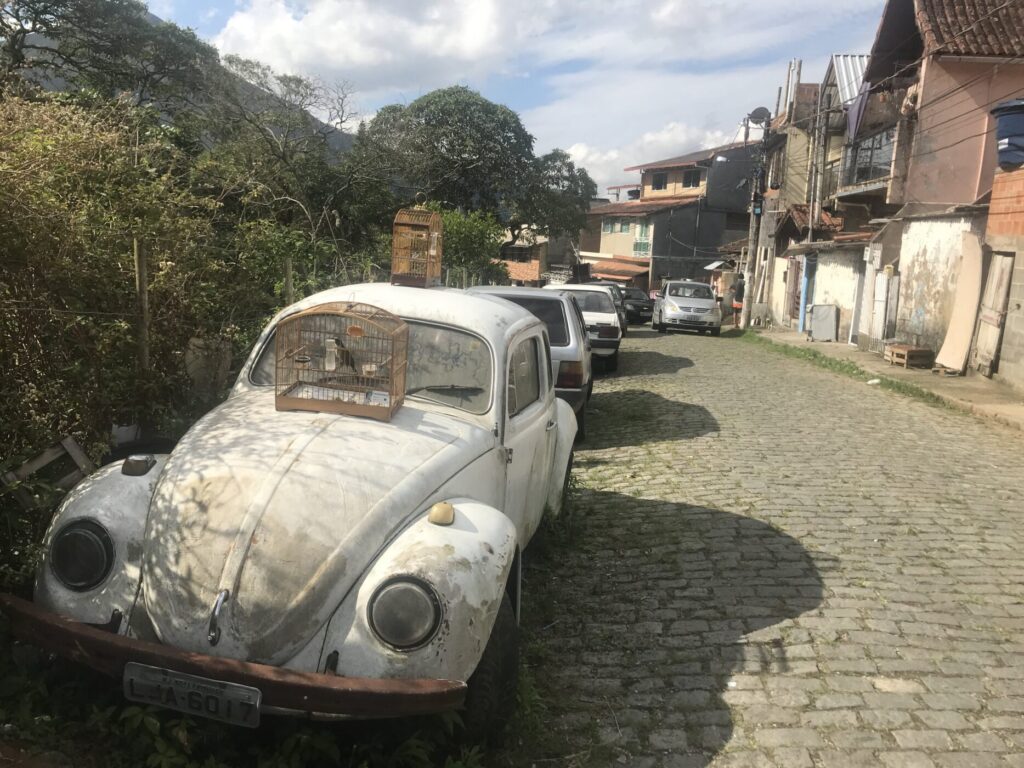
(Nova Friburgo, Brazil)
8. Ovens That Light Themselves
I’ve rarely encountered a stove in South America that I didn’t have to light with a match. If you’re not used to it, putting a flame to an open gas leak with your own fingers is only slightly easier than poking your own eye.
The first time I had to do it (in recent years) was our first day in Rio. The hostel provided the ancient stove, the gas supply, and a little BIC cigarette lighter. The rest was up to you. I jabbed the flame at the hissing gas several times, but never lingered long enough to achieve ignition. Meanwhile, the smell of propane filled the common kitchen area. A more experienced guest came over and lit it in one smooth stroke.
After so many months in South America, I too can light both the stove and the oven like a pro. But I still sometimes torch the hair off my fingers.
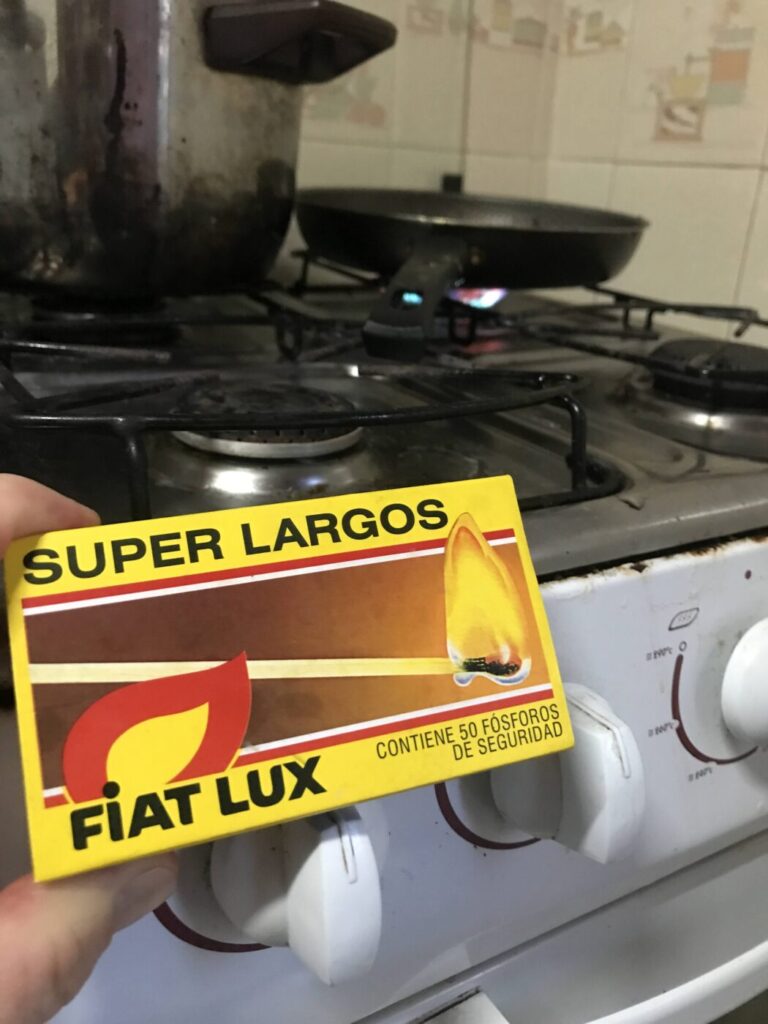
9. Quick Restaurant Service
I’m not just talking about fast food, which barely exists here and only in the biggest cities. I’m talking about any restaurant. Your local diner, hamburger joint, pizza parlor.
In the States, as a rule of thumb, I can count on a restaurant meal being over and paid for in an hour. So if the movie’s at 7:30, I should be sitting down at the restaurant no later than 6:15.
In South America, an hour from start to finish is a dangerous assumption. We’ve experienced many instances where it takes nearly an hour just to get our food and another half hour to get the check after you’ve asked for it. When you have three hangry little boys it can be torture.
In Brazil, we discovered a pretty handy work-around for this. The so-called “self-service” restaurants are what Americans know as buffets, but paid by weight. You can serve yourself immediately and pay at the register whenever you’re ready.
(NOTE: Long wait times appear to be regional rather than typical of all of South America. We never had to wait too long in Chile or Bolivia. Or maybe we’ve just gotten more patient.)
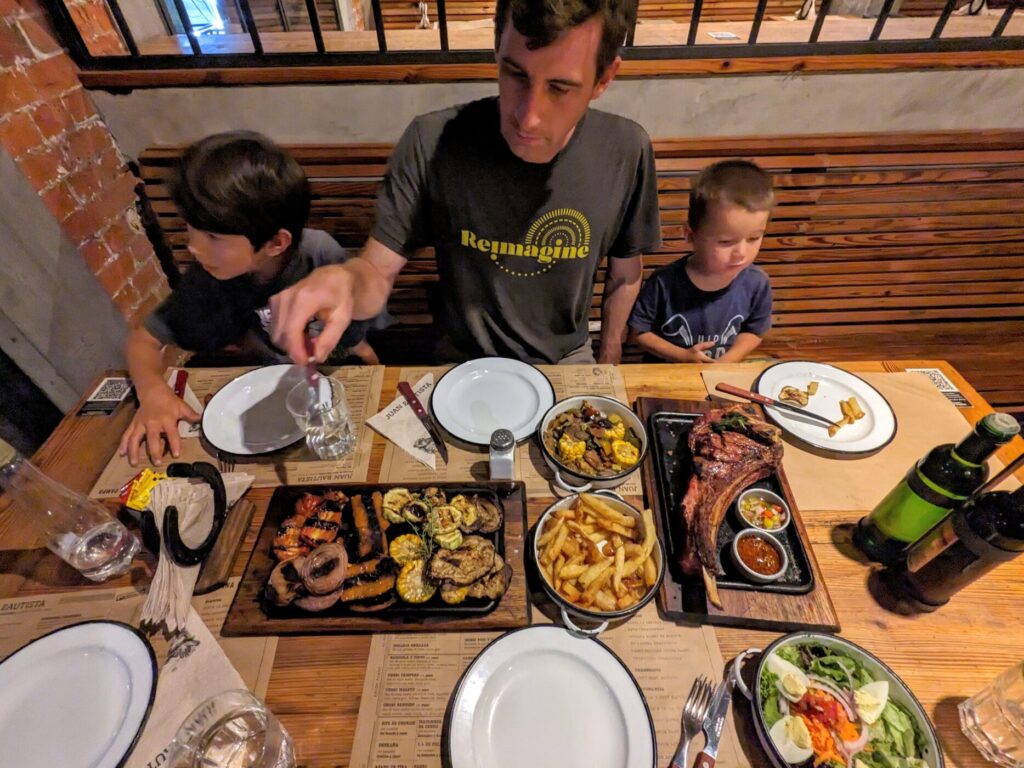
(Buenos Aires, Argentina)
10. Easy-to-Open Packaging
Packaging with an easy and obvious way to open it is apparently just for pampered Americans.
The plastic wrapping on lunchmeat and cheese lacks the little “starter notch,” making it nearly as difficult to break into as a bank vault.
Most milk comes in a box. Some boxes have a screw top, which is easy. But others have no obvious way to get in except for a triangular tab on the side that you fold up and cut with a scissors. This, of course, means you can’t actually close it when you put it back in the fridge.
Then there is the fresh milk that comes in a plastic bag. Yes, that’s right! A floppy, structurally flaccid bag! What do you do with a bag full of milk? Well, you cut the corner off to open it, I guess. (Again, no way to tear it.) But how do you store an open bag of liquid in the fridge? And what’s the right way to pour it so that it doesn’t gush down the side of the bag and all over the table? The answer, which we learned from the locals, is to put the bag in a plastic jug!
Then again, Liuan thinks we should just skip the packaging all together.
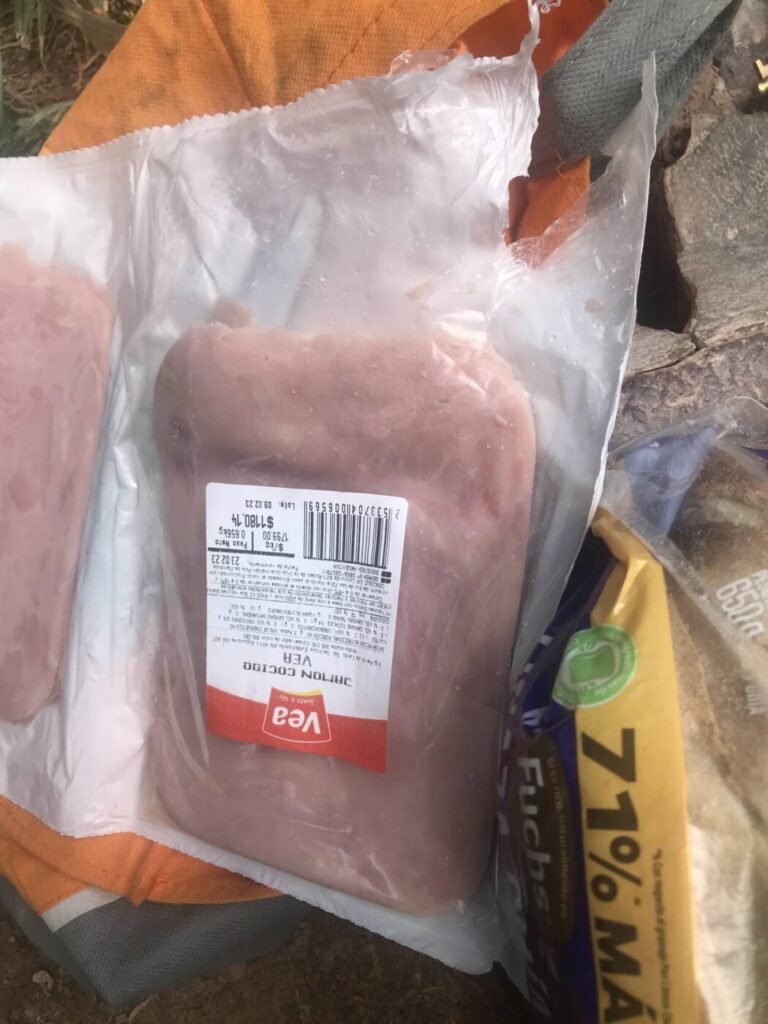
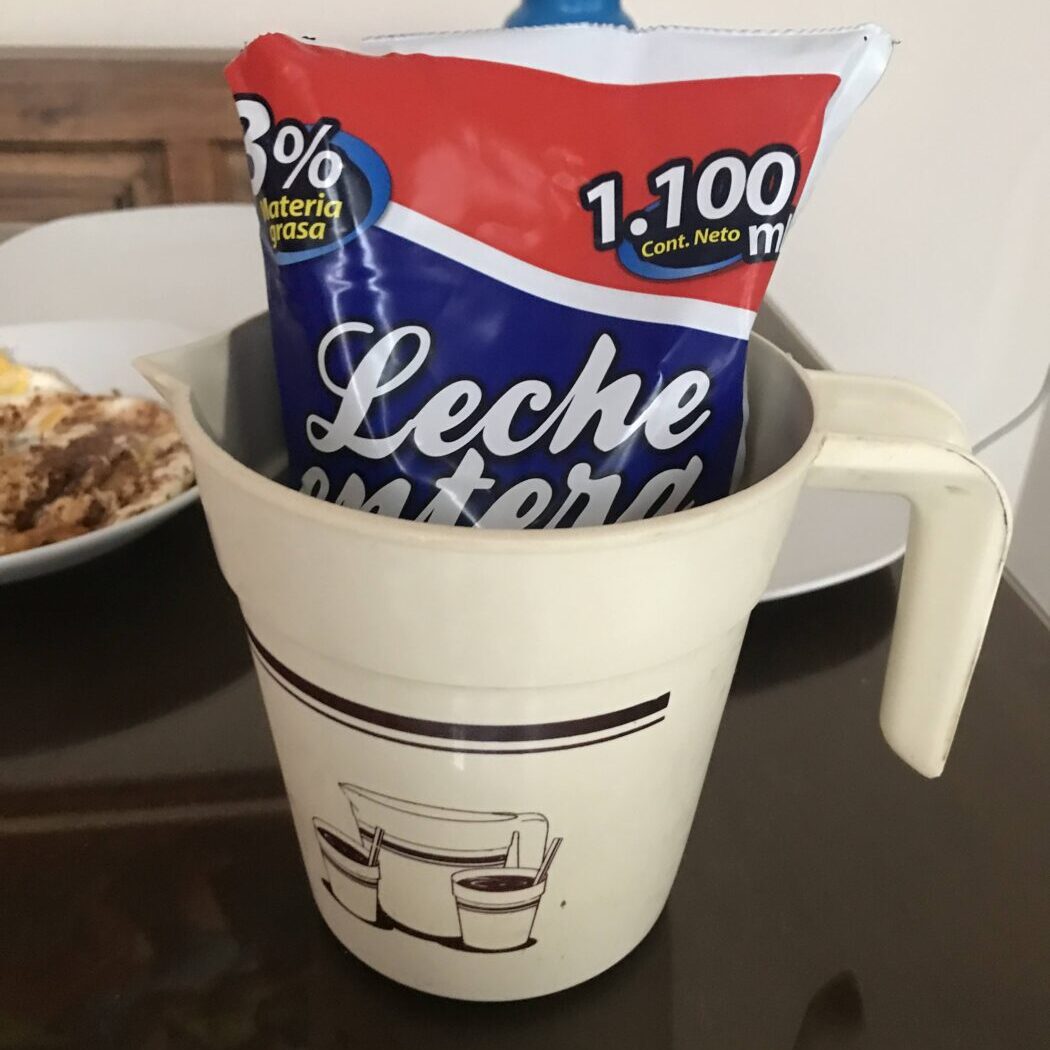
We discovered that if you put it in another container, it allows you to set it back in the fridge without spilling and catches the stream of milk that runs down the side of the bag when you try to pour it.
11. Child Safety
We’ve seen things on a regular basis that are hardly imaginable in the States. Sky high observation decks with nothing but a single rung barrier. Upstairs lofts with no railing at all. Bunkbeds stacked three high without a safety rail. Having to walk inches from traffic because there are no sidewalks. Kids hanging off the back of jeeps (ok, well, we let them do that).
At one farm, there was no separation between humans and livestock. Bulls roamed where the kids played and the adults worked. Oliver, our oldest boy, learned how to bluff his way through the herd when they were blocking the road.
In the first weeks of our gap year, the kids were unstoppable balls of giddy energy, barely aware of their surroundings. We parents, on the other hand, were high strung, hyperventilating scolds. In the months since, we’ve all adapted to the new environment.

We are on the terrace of our hostel in Rio de Janeiro with a lit up Christ the Redeemer in the distance.
(Rio de Janeiro, Brazil)
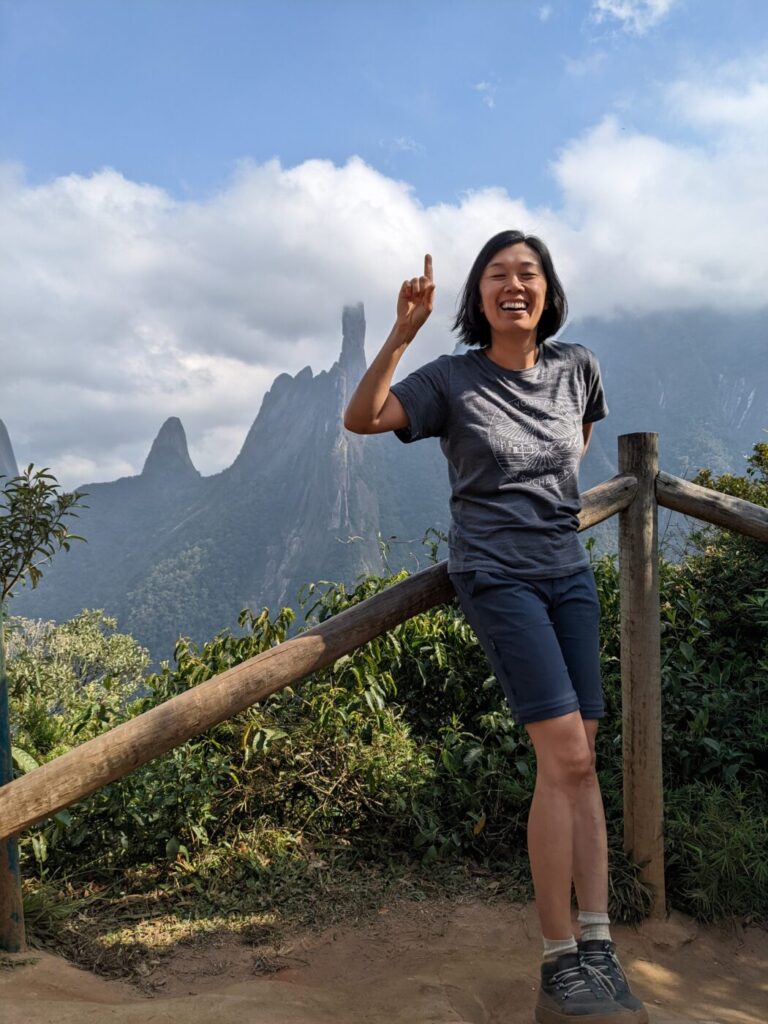
On the other side, the Finger of God (Dedo de Deus) points to heaven. (North of Rio de Janeiro, Brazil)
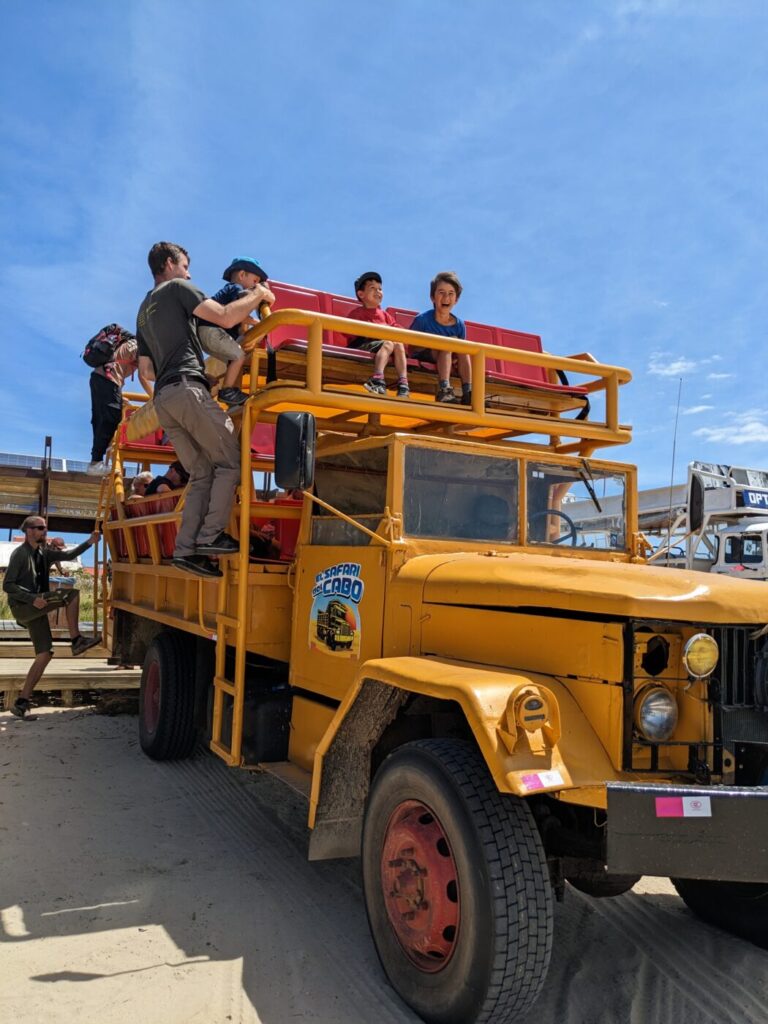
If only they were all functional.
(Cabo Polonio, Uruguay)
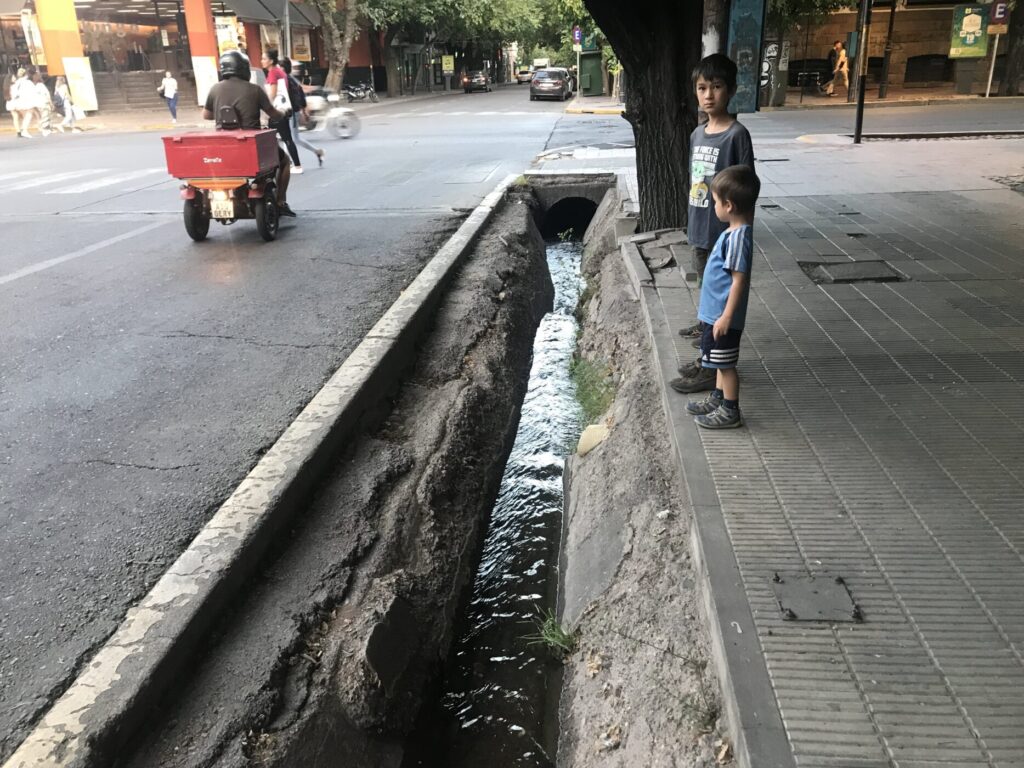
(Mendoza, Argentina)





